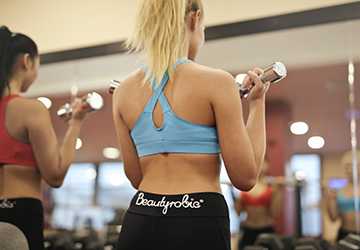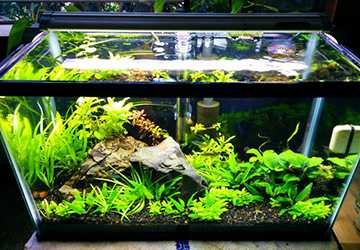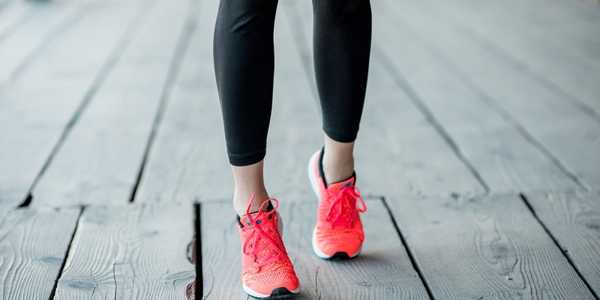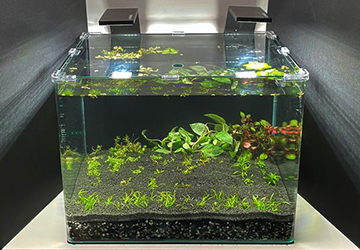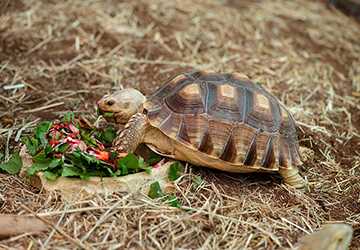Pigeon-toed, or in-toeing, is when the toes turn inward instead of straight ahead. Often seen in toddlers, it can continue into adulthood, affecting posture and movement. While mostly harmless, understanding its impact helps in finding treatments and adjustments to improve comfort and daily function.
Understanding Pigeon Toed
Medical Explanation
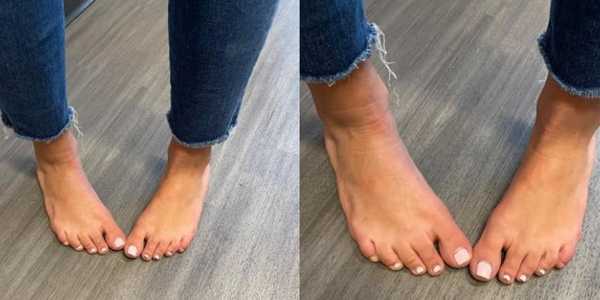
Pigeon toe, or in-toeing, in adults, arises from a combination of anatomical factors, including hip rotation, discrepancies in leg length, and the structure of the foot itself. In many adults, excessive internal rotation at the hip joint drives the inward turn of the toes. This misalignment could be inherited genetically or stem from conditions experienced during childhood. Initially, in-toeing often represents a harmless developmental phase in children linked to conditions such as femoral anteversion or tibial torsion; fortunately, many children outgrow these tendencies. However, persistent in-toeing can lead to discomfort and musculoskeletal issues that can detrimentally affect the quality of life in adults.
Causes
The factors behind pigeon-toed can be classified into congenital and acquired categories. Congenital factors involve inherent deformities from birth, such as malformations affecting bones and joints. Acquired factors develop throughout life, including lifestyle influences like wearing inappropriate footwear, lack of physical activity, and poor posture. For instance, shoes that do not provide proper support can create imbalances in foot positioning, exacerbating the inward pointing of the toes. Engaging in physical activities that neglect proper gait mechanics can further worsen in-toeing. Understanding these underlying causes is vital for targeting effective treatment solutions and ensuring long-term benefits, not just aesthetic corrections.
Signs and Symptoms
Individuals with pigeon-toed frequently experience noticeable physical symptoms that can hinder their daily activities. Common indicators include discomfort and pain localized in the feet, knees, and hips, resulting from excessive strain on the joints caused by misalignment. Stiffness can also develop, making movement increasingly uncomfortable. Furthermore, in-toeing can alter normal walking and running mechanics, leading to an inefficient gait. This misalignment may cause fatigue during physical exertion or difficulty maintaining a straight path when walking or running, posing challenges in sports or recreational activities. If unaddressed, compensatory patterns may form that aggravate joint issues, leading to chronic pain and reduced mobility. Early intervention is essential to manage these symptoms and preserve one's quality of life.
Diagnosis
Accurate diagnosis of pigeon toe, where the toes point inward, necessitates consultations with specialized healthcare professionals such as orthopedists and podiatrists. These experts employ their knowledge and skills to evaluate leg and foot alignment, identifying underlying problems contributing to in-toeing. During diagnosis, a thorough physical examination is conducted, which includes observing the patient's gait and the positioning of the feet. To reveal structural abnormalities, imaging techniques such as X-rays may be utilized to assess bone structure and alignment. Additionally, functional assessments can be performed, which involve observing patients during movement or having them complete specific tasks to assess how in-toeing influences their everyday life. Such detailed evaluations are critical for ensuring appropriate diagnosis and paving the way for effective interventions and treatment strategies to enhance overall well-being.
Treatment Options
Effectively addressing pigeon-toed in adults encompasses both non-surgical and surgical treatment avenues. An individualized approach is paramount in alleviating symptoms and improving alignment. Below, various options are explored.
Non-Surgical Approaches
Footwear Recommendations
Selecting appropriate footwear is essential for managing in-toeing. Shoes that provide proper arch support and fit adequately play a crucial role in relieving discomfort while promoting better alignment. Footwear featuring heels or inadequate support can exacerbate symptoms and lead to further complications. Hence, it is advisable to seek shoes that fit well and offer sufficient cushioning and support to the arches.
Physical Therapy

Consulting a physical therapist can be incredibly beneficial in correcting misalignments in the feet and legs through targeted exercises and stretching routines. Therapists can tailor exercises that strengthen weakened muscles and enhance flexibility through physical therapy sessions. For example, calf stretches, and hip flexor routines build muscular balance and improve walking mechanics, potentially reducing the symptoms associated with in-toeing.
Orthotics
Orthotics, which are custom shoe inserts, present another effective non-surgical alternative. These devices are designed to fit the unique contours of an individual's foot, providing additional arch support and addressing issues such as overpronation. By redistributing pressure on the feet, orthotics promote proper leg alignment, improving overall posture and comfort during various activities.
Surgical Approaches
Surgical intervention may become necessary when non-surgical treatments do not provide adequate relief. Common procedures include femoral or tibial osteotomy, wherein bones are cut and realigned to improve foot positioning. Although these surgical options typically prove effective, they carry inherent risks such as infection or extended recovery periods.
Expected results following surgical interventions generally include a marked reduction in in-toeing and improved gait, drastically enhancing the quality of life. Prospective surgical candidates should maintain realistic expectations and engage in thorough discussions with healthcare providers to evaluate the benefits relative to potential risks.
With a diverse array of treatment options available—both non-surgical and surgical—individuals coping with pigeon-toed can explore pathways towards improved comfort and functionality.
Exercises to Alleviate Symptoms
Stretching Exercises: Enhance flexibility in the calves, hip flexors, and inner thigh muscles through calf stretches. Begin by standing with one foot forward against a wall, bending the front knee while keeping the back leg straight. Push the heel of the back leg into the ground and hold for 30 seconds before switching legs. For hip flexors, kneel on one knee with the opposite foot in front; gently push your hips forward until a stretch is felt, holding for 20-30 seconds. Finally, sit with the soles of your feet touching, allowing your knees to fall outward, and with your elbows, gently push down on your knees for added stretch, holding for 30 seconds.
Strengthening Exercises: Develop the necessary muscle alignment with exercises like straight-leg raises. Lying flat on your back, bend one leg while keeping the other straight, and raise the straight leg to approximately 45 degrees, holding for a moment before lowering. Repeat for 10-15 repetitions on each side. Squats are also advantageous; stand with your feet shoulder-width apart, lower yourself into a squat while ensuring your knees stay behind your toes, and return to a standing position.
Balance and Coordination Activities: Improve balance by practicing single-leg stands for up to 30 seconds before switching legs. Incorporating balance beams or traversing along a straight line can enhance coordination and stability, vital for maintaining proper leg alignment.
Lifestyle Modifications
Enhancing foot health and managing pigeon-toed involves ergonomic adjustments in daily life. Choose footwear with firm arch support and a wider toe box to facilitate better alignment. It's also crucial to be mindful of your posture, avoiding positions like sitting cross-legged that may exacerbate the condition. Regular physical activity, encompassing walking, stretching, and foot exercises, fosters muscle strength and supports proper alignment. These straightforward lifestyle alterations can vastly relieve symptoms and bolster overall foot health, enabling a more comfortable and aligned gait.




